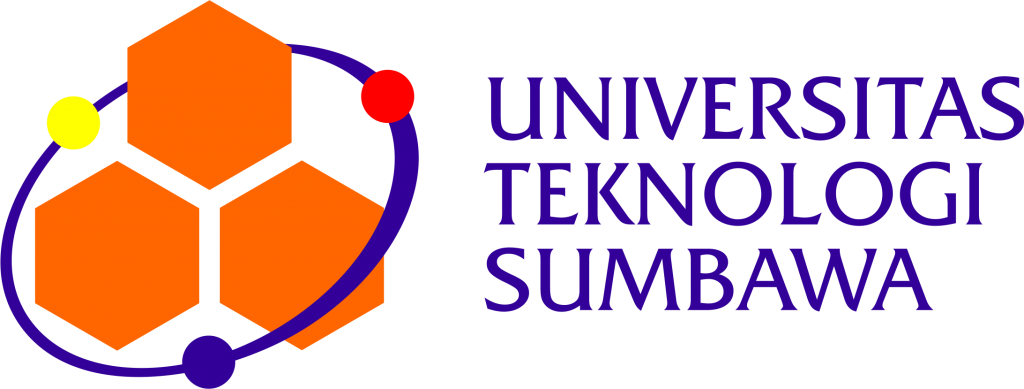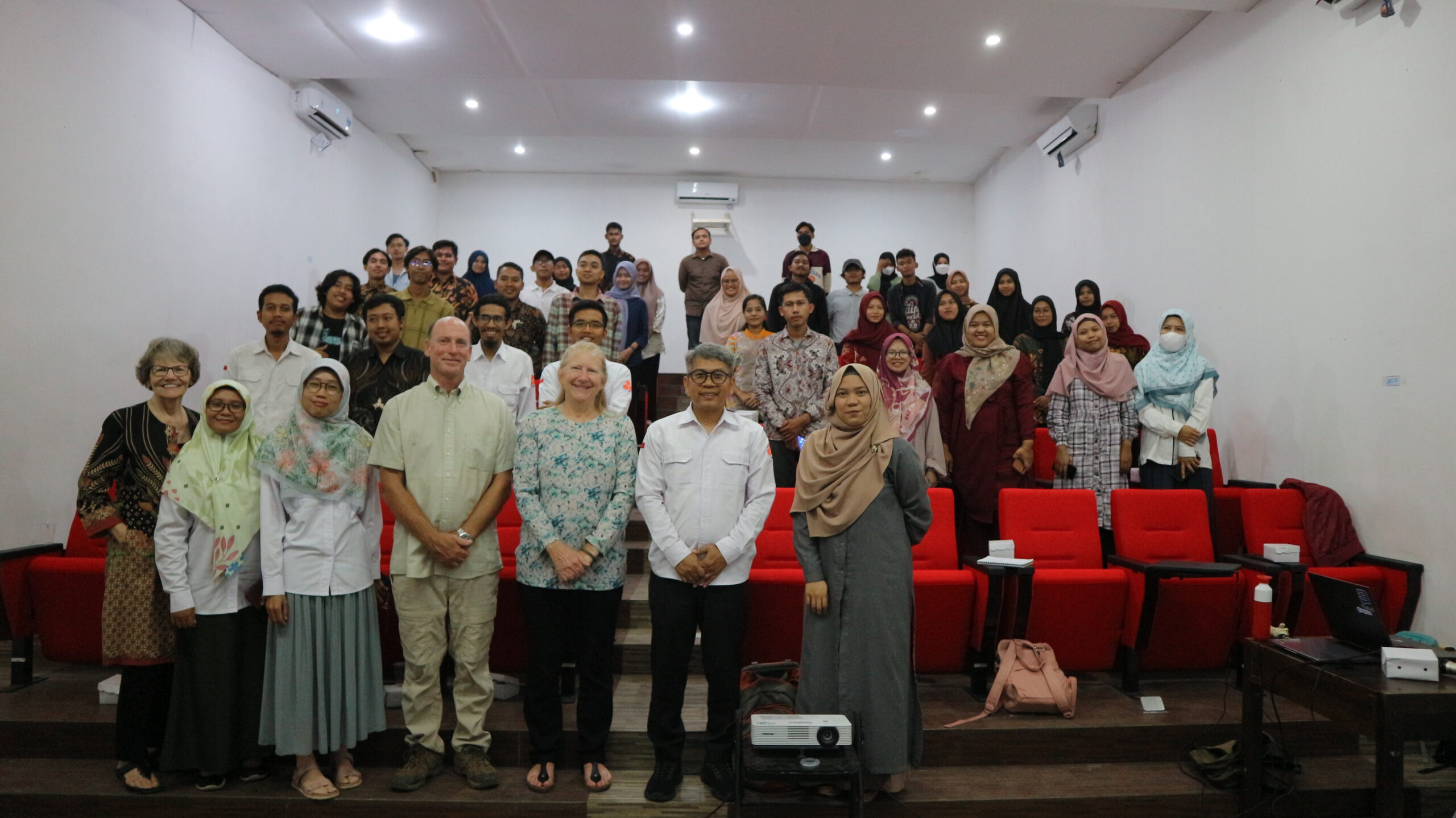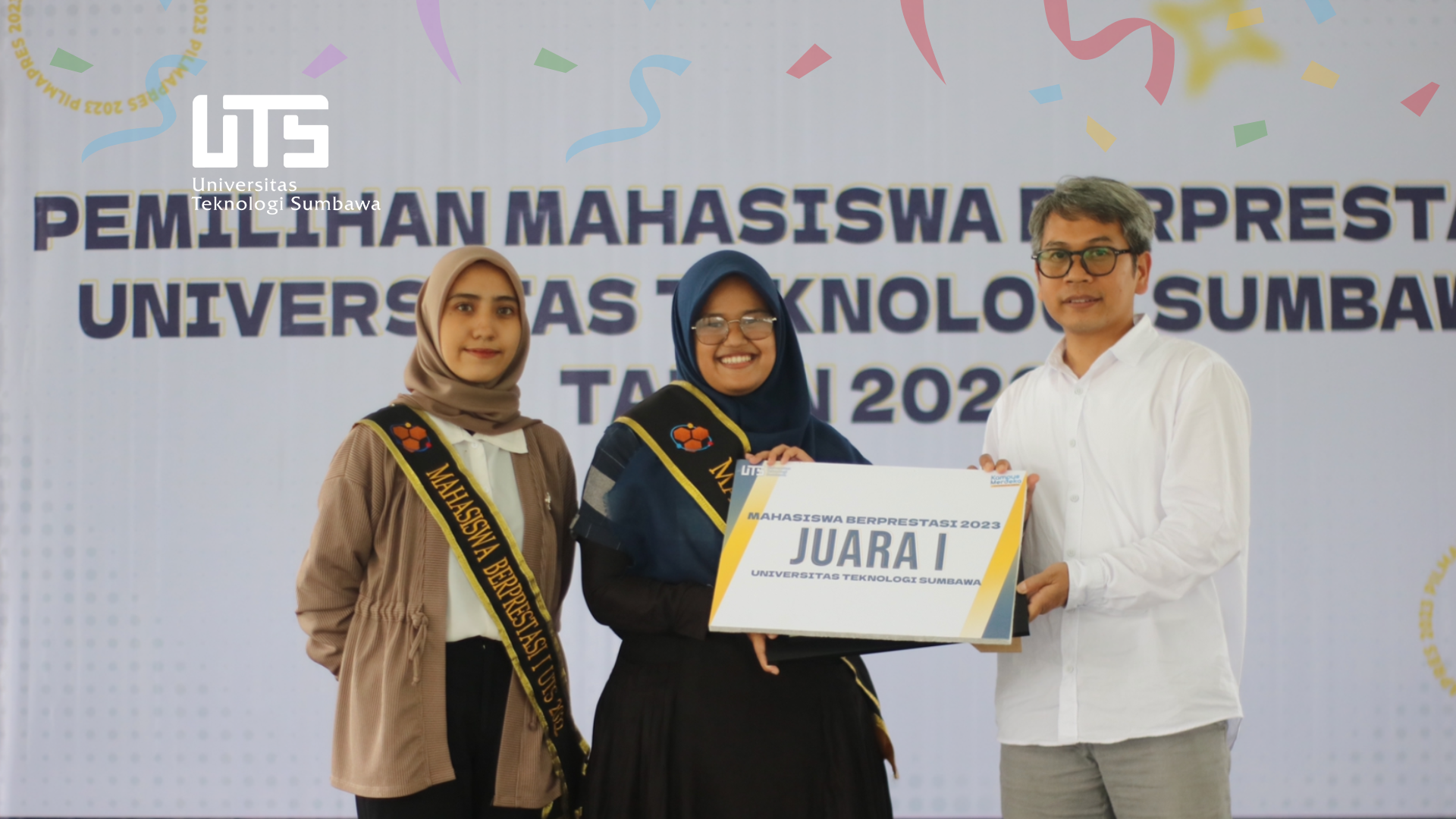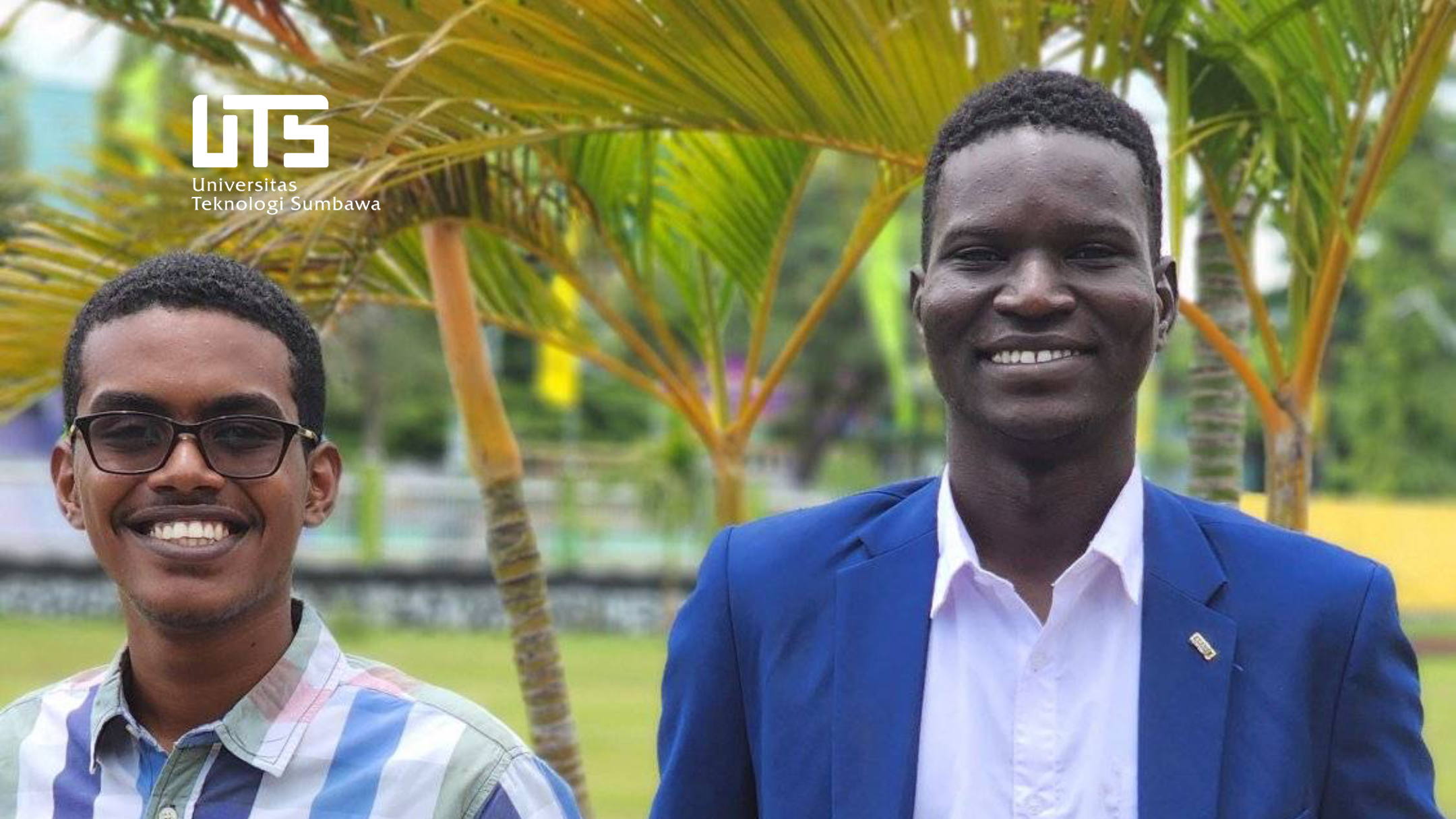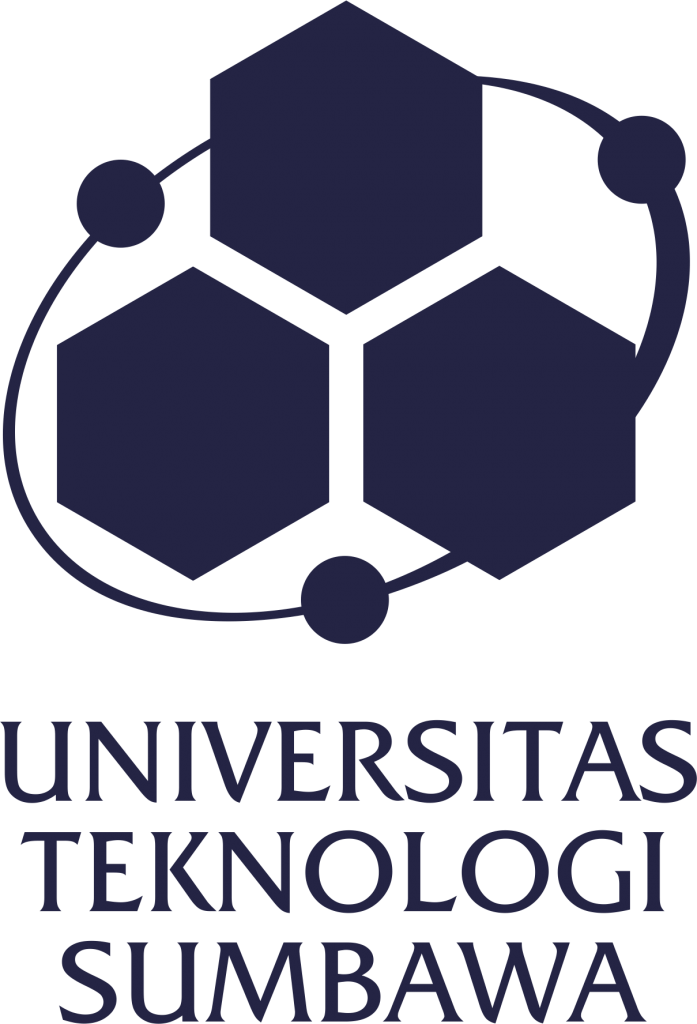On June 5-8, 2023, Sumbawa University of Technology received a visit from two professors from Hawaii. Prof. Timothy E. Scheffler, PhD. is currently the principal investigator of the private archaeological consulting firm “tesARCH Services” in Hawaii, USA, while Prof. Pamela Scheffler is a professor at the Department of Geography, Biology, and Environmental Science at the University of Hawaii, Hawaii Community College.
While in Sumbawa, Prof. Timothy Scheffler and Prof. Pamela had several agendas with us. On the first day, the professors visited high school students at SMK Al-Kahfi (Islamic vocational boarding school) to see the Trigona honey bee farming that is organized by the teachers and students. They harvested honey from the farm together with the students and tasted the honey. It surprised Prof. Pamela since the honey taste was sweeter than she thought. Typically, Trigona honey tastes sour and fresh. “It might be due to the flowers around the school that creates such a taste like this,” she said.
After the school visit, the professors had a chit chat and sharing session with the UTS students at Sumbawa Technopark auditorium. They shared about their educational background, research interests, and impressions about Indonesia and Sumbawa. They also motivated UTS students to pursue education in the United States to get excellent education and life experiences.
On the second day, Prof. Timothy and Prof. Pamela met students and lecturers from the Faculty of Life Science and Technology and Faculty of Agricultural Technology. It was Prof. Pamela’s opportunity to deliver her lecture about her research in Indonesia about stingless bee population in Bali. After the lecture, the UTS lecturers from both faculties had the chance to discuss further research ideas that Prof. Pamela can collaborate with UTS.
The third day was Prof. Timothy’s turn to meet students and lecturers from the Faculty of Social and Political Sciences and the Faculty of Psychology and Humanities. He delivered a lecture about lives in the past and their impacts on the present. He also shared about how he loves sarcophagus in Ai Renung and Lake Satonda that have myriad potentials to be studied from archaeological and anthropological perspectives. After the lecture, the UTS lecturers from both faculties had the chance to discuss further research ideas that Prof. Timo can collaborate with UTS.
After this session, Prof. Timo and Prof. Pamela returned to SMK Al Kahfi to share with the students a simple method to count the Trigona honey bee activities. “Healthy hives show an active movement from the honey bee colonies. If we see more colonies coming in and out of the hives, that means they get more food and eventually produce more honey. That way we can detect whether our honey bee colonies are in a good condition or not,” said Prof. Pamela.
On the last day, Prof. Timo and Prof. Pamela had a chance to visit Batudulang village to see one of the hives of Apis dorsata honey bee, the main species of honey bee in Sumbawa. They found that other honey species such as Trigona and Apis cerana also exist within less than a kilometer from the giant tree where Apis dorsata build their hives. “I assume that these honey bee communities have distributed their own area to find the food. Smaller honey bees tend to spread out closer to the ground, while the giant bees explore the higher trees,” added Prof. Timo.
In the afternoon, they visited a Trigona honey bee farm in the Kelungkung village. Prof. Pamela was really impressed that the farm has more than two species of Trigona bees. She is eager to come back to Sumbawa next time to explore more about Trigona honey bee communities in Sumbawa. “I have just realized that Sumbawa is so rich in honey bee diversity. I am sure we can do much work in Sumbawa on this particular topic.”
